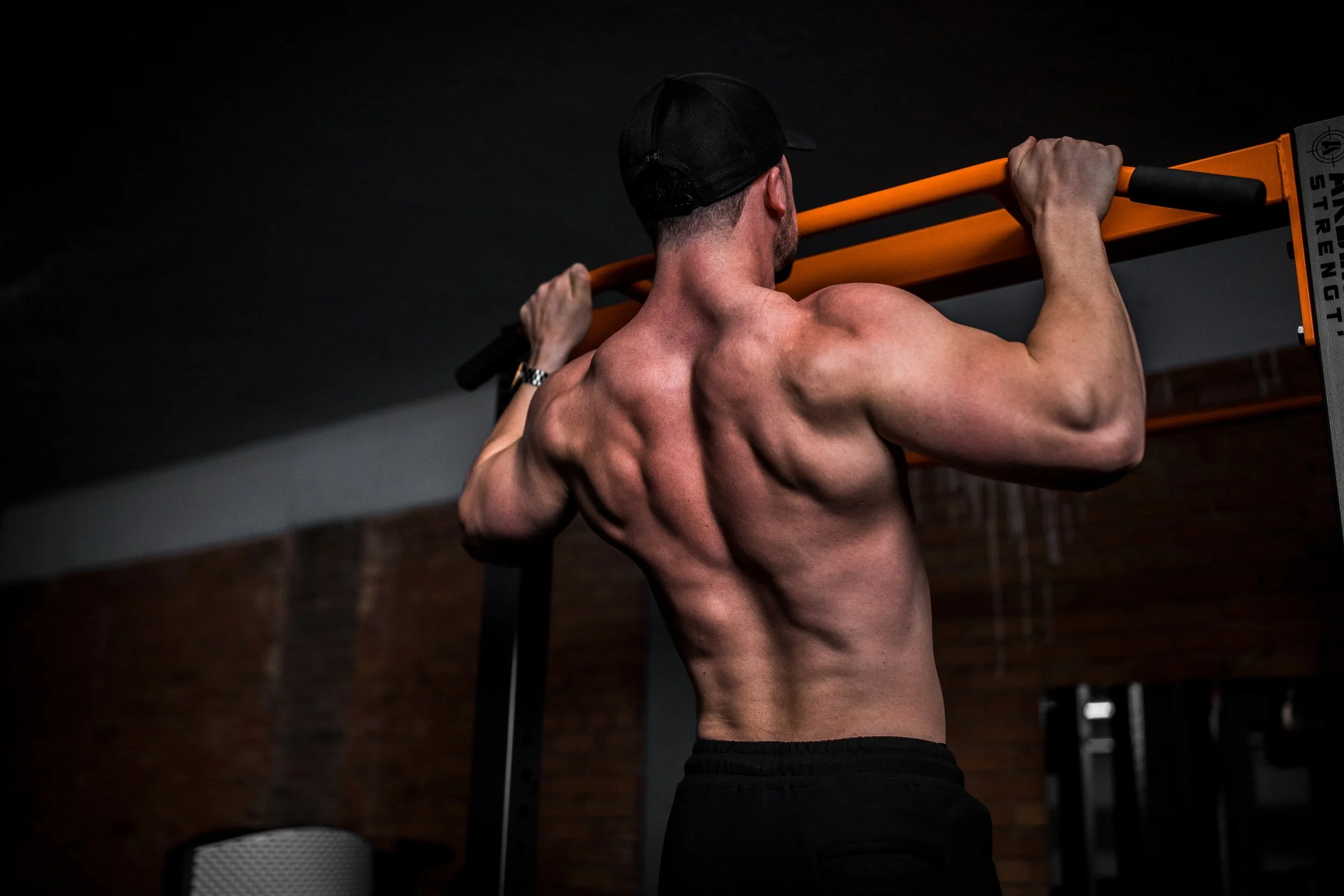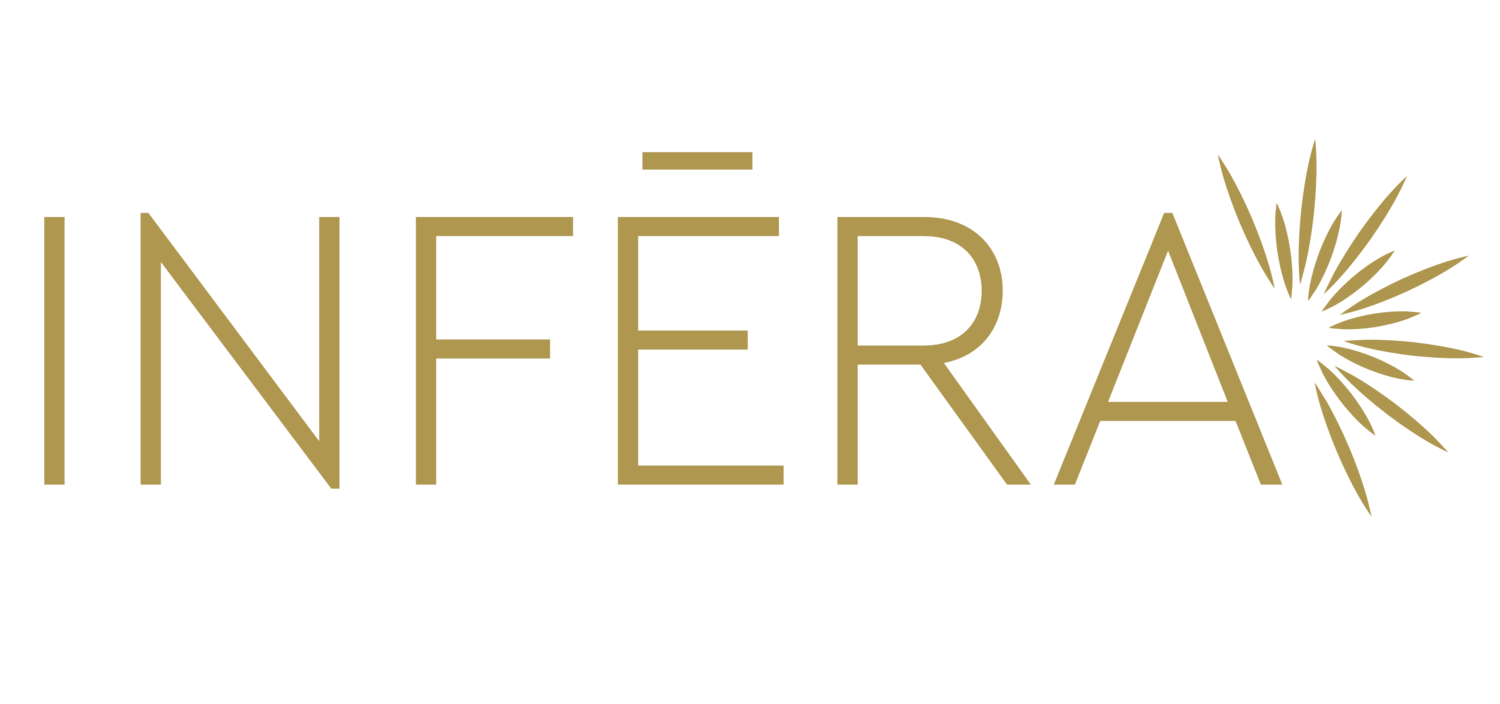
Infrared Light Benefits- Inflammation and Pain Treatment
What is inflammation? Inflammation isn’t just a symptom, it’s a complex process that takes place in every living thing. You can think of inflammation as your body’s programmed response to danger. It’s one of your immune system’s first actions against infection, germs, irritation, and cell damage.
Causes: There are clear physical causes of inflammation like injuries & wounds, bruises, burns, and splinters. Inflammation also occurs in response to biological factors like infection from germs and stress. Chemical irritants, toxins, and alcohol can also trigger inflammation. Your body can become inflamed in response to environmental conditions as well—like poor sleep, poor nutrition, dehydration, and excessive exposure to blue light & radiation. These environmental factors likely play a role in the development of chronic inflammation.
Signs & symptoms: The five classic signs of inflammation are heat, redness, swelling, pain, and loss of function. Pain is caused by chemicals like bradykinin & histamine that your body releases to stimulate your nerve endings as a warning of danger. [1] There is also clinical evidence for a link between depression and inflammation, both for depression-triggering inflammation and for inflammation leading to depression. [2]
Acute or chronic? Not all inflammation is bad. Acute inflammation is actually our body helping itself recover from a problem. In a healthy response, inflammation occurs within a few hours, works to clear the pathogen, starts the repair process, then goes away. Chronic inflammation is often caused by frequent and persistent acute inflammation, as well as viral infections, autoimmune reactions, and foreign bodies that aren’t removed. This can be very painful and lead to other conditions, like gum disease, hay fever, arthritis, and some cancers. [3]
Treating Inflammation with LED Light Therapy
Natural red and infrared light therapy is showing immense potential to be just that: a natural inflammation treatment without the pharma risks of traditional NSAIDs ( non steroidal anti-inflammatory drugs. These include lower-risk, over-the-counter varieties like aspirin and ibuprofen that can treat acute pain).
The short version is this: light therapy delivers safe, concentrated wavelengths of natural light to your skin and cells. These red and infrared wavelengths of light stimulate those cells and reduce oxidative stress, so your body is able to make more usable energy to power itself. This increases function, speeds healing, and lowers inflammation & pain, as demonstrated in numerous peer-reviewed studies. [4]
Natural light therapy & inflammation treatment: Red light therapy alleviates chronic inflammation by increasing blood flow to the damaged tissues, and it’s been found in numerous clinical trials to increase the body’s antioxidant defenses. [5]
Dr. Michael Hamblin of Harvard Medical School and Massachusetts General Hospital is one of the world’s leading photo medicine researchers. He’s studied light therapy at length and concluded that one of its most reproducible effects is “an overall reduction in inflammation, which is particularly important for disorders of joints, traumatic injuries, lung disorders and in the brain.” [5]
Dr. Hamblin explains that wavelengths of natural red and near infrared light are “a very mild form of stress that activates protective mechanisms in the cells...for instance, when longer wavelengths or visibly red light hits the skin, it nudges mitochondria to make energy more efficiently and boost production of healing anti-inflammatories or disease-fighting antioxidants.” [5]
Clinical research from around the world has found light therapy to be an effective treatment for reducing inflammation in specific surgical contexts as well:
Post-surgery inflammation & pain relief: A randomized, triple-blind, placebo-controlled trial published in Lasers in Medical Science in 2018 assessed the acute inflammation and pain of patients recovering from hip arthroplasty surgery. Researchers found that patients treated with natural light therapy saw a greater reduction in post-op pain and swelling, concluding that natural light therapy “is effective in decreasing pain intensity and post-surgery inflammation.” [6]
Reduced oral inflammation: Another recent trial assessed light therapy’s ability to reduce inflammation in periodontal cells (in the mouth) in a highly inflammatory environment, which is common with orthodontic and dental surgeries and treatments. Researchers concluded that the study “demonstrated that [light therapy] inhibits inflammation, induced by endotoxins from E. coli and P. gingivalis.” [7]
Muscles, exercise, & soreness: Numerous other trials have analyzed light therapy’s ability to treat muscle soreness and exercise-related inflammation and pain. A 2008 study found natural light had a beneficial effect on the symptoms of delayed onset muscle soreness. [8] A 2010 Brazilian study found that people who used light therapy before strenuous exercise eventually experienced less pain and inflammation after workouts. [9]
Laboratory research on mammals: The research mentioned above aligns with previous studies of inflammatory markers in lab rats, which have consistently found that light therapy treatments improve muscle soreness and decrease inflammation. [10]
Related Products
-
[1] “What is an Inflammation?” Institute for Quality and Efficiency in Health Care. 2006. Last Updated: February 22, 2018.
[2] Berk M., Williams L., Jacka F., O’Neil A., Pasco J., Moylan S., Allen N., Stuart A., Hayley A., Byrne M., Maes M. “So depression is an inflammatory disease, but where does the inflammation come from?” BMC Med. 2013; 11: 200. Sept 12. dio: 10.1186/1741-7015-11-200
[3] Okin D., Medzhitov R. “Evolution of Inflammatory Diseases” Current Biology. 2012 Sep 11; 22(17): R733–R740. doi: 10.1016/j.cub.2012.07.029
[4] Hamblin M. “Mechanisms and Mitochondrial Redox Signaling in Photobiomodulation” Photochemistry and Photobiology. 2018, 94:199-212. 2017 October 31. doi: 10.1111/php.12864
[5] Hamblin M. “Mechanisms and applications of the anti-inflammatory effects of photobiomodulation”. AIMS Biophys. 2017; 4(3): 337–361. doi: 10.3934/biophy.2017.3.337
[6] Langella L., Casalechi H., Tomazoni S., Johnson D., Albertini R., Pallotta R., Marcos R., de Carvalho P., Leal-Junior E., “Photobiomodulation therapy (PBMT) on acute pain and inflammation in patients who underwent total hip arthroplasty-a randomized, triple-blind, placebo-controlled clinical trial”. Lasers Med Sci. 2018. Jun 16. doi: 10.1007/s10103-018-2558-x.
[7] Lee JH., Chiang MH., Chen PH., Ho ML., Lee HE., Wang Yh. “Anti-inflammatory effects of low-level laser therapy on human periodontal ligament cells: in vitro study”. Lasers Med Sci. 2018; 33(3): 469–477. 2017 Nov 7. Doi: 10.1007/s10103-017-2376-6
[8] Douris P., Southard V., Ferrigi R., Grauer J., Katz D., Nascimento C., Podbielski P. “Effect of Phototherapy on delayed onset muscle soreness”. Photomed Laser Surg. 2006 June ;24(3):377-82.
[9] Leal Junior E., Lopes-Martins R., Frigo L., De Marchi T., Rossi R., de Godoi V., Tomazoni S., Silva D., Basso M., Filho P., de Valls Corsetti F., Iversen V., Bjordal J. “Effects of low-level laser therapy (LLLT) in the development of exercise-induced skeletal muscle fatigue and changes in biochemical markers related to postexercise recovery”. J Orthop Sports Phys Ther. 2010 August ;40(8):524-32. doi: 10.2519/jospt.2010.3294.
[10] Servetto N., Cremonezzi D., Simes JC., Moya M., Soriano F., Palma JA., Campana VR. “Evaluation of inflammatory biomarkers associated with oxidative stress and histological assessment of low-level laser therapy in experimental myopathy”. Lasers Surg Med. 2010 August ;42(6):577-83. doi: 10.1002/lsm.20910.








